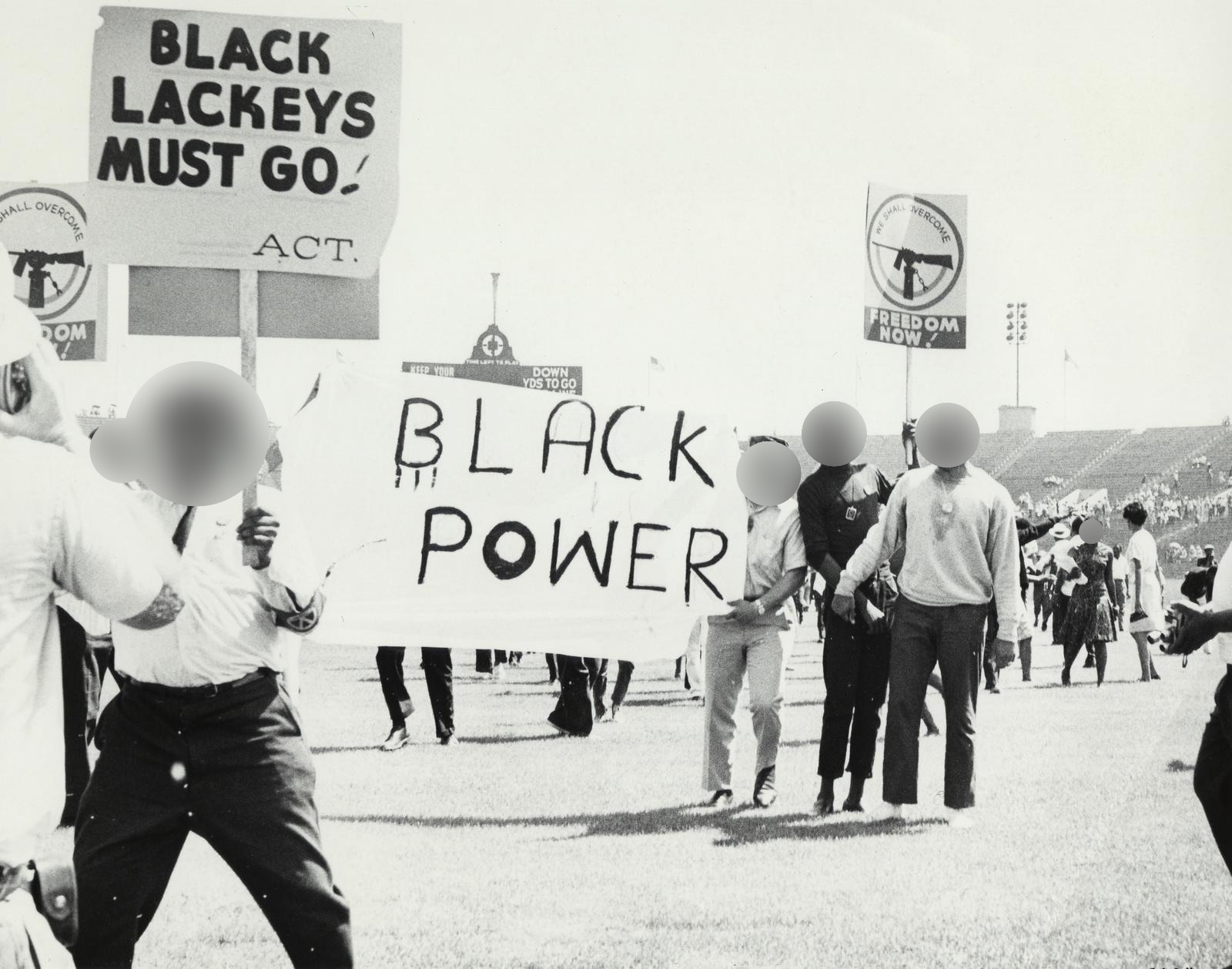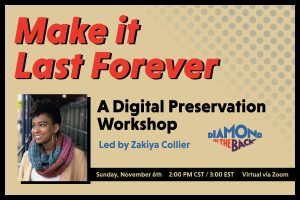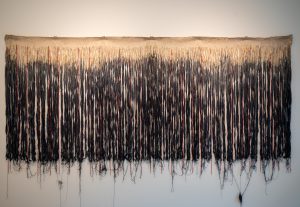In this time of revolutionary collective action, social and political uncertainty, and as we witness local and world injustices, the Blackivists would like to offer five quick tips to keep in mind as we work together to protect our collective documentation that proves we are here, addressing and safeguarding our people and communities.
1. Social media is NOT an archive.
Share to raise awareness, but protect your content. Backup your photos, films and messages in safe offline and online password-protected storage. Turn off geotagging on social media apps, and be aware of other ways you can be tracked through your phone.
2. Protect Your Phone.
Use a password instead of TouchID or FaceID. Avoid sending information or photographs via direct message. Encrypt or delete sensitive data about organizing tactics and strategies using encrypted messaging apps like Signal or Wire. Consider a “burner” or prepaid SMS phone that is not using GPS or other geolocation tracking tools when you are engaging in organizing activities.
If you are using the phone to document human and/or civil rights abuses, consider carrying an addressed, stamped envelope into which you could put said phone and drop it in the mail as a safety measure so your documentation is not captured or destroyed. Address to a trusted organization or individual who will know what to do when that documentation arrives. Don’t forget to bring extra chargers with you.
3. Respect and protect individual privacy.
Ask for consent to photograph and film. Anonymize protesters by not capturing or blurring focus of their faces or any visible body markings. You can blur images and scrub metadata by using Image Scrubber. Don’t tag individuals on social media. Photos, videos, livestreams and interviews can be used as evidence or for retaliation by law enforcement and the legal system.
4. Be cautious when uploading content to public apps.
Your IP addresses can be used to track and identify you and other individuals. Consider using options that allow for uploading encrypted or password-protected content like Boxcryptor.
5. Use discretion and practice care.
In a rush to document and share everything, remember that some things are only for community dissemination and not worldwide public consumption. Have you been invited into a sacred or protected space into which you are an outsider? Respect that space. Don’t assume that people’s ideas, thoughts and personal experiences are meant to be documented, collected or preserved by you.
More Resources
While this outlines many of the possible and responsible ways you can document movements, this is not an exhaustive list. For additional information and tools, we recommend these resources:
- WITNESS Guide to Documenting Protests & Police Abuse
- WITNESS COVID19 Response Hub
- Defend Our Movements Digital Self-Defense Curriculum
- Lucy Parsons Labs
The Blackivists is a Chicago-based collective of trained Black archivists who prioritize Black cultural heritage preservation and memory work. We provide training, project management, best practices, and consultation on analog and digital archives upkeep. This includes recommendations for maintaining your own historical materials or how to work with institutions that want to acquire your collection. Learn more at theblackivists.com.
Featured Image: Example of blurring faces using Image Scrubber on a photo from the Black Power movement at the Chicago Freedom Movement Rally, Soldier Field (Freedom Sunday), July 10, 1966. Source: University of Illinois at Chicago Library.






